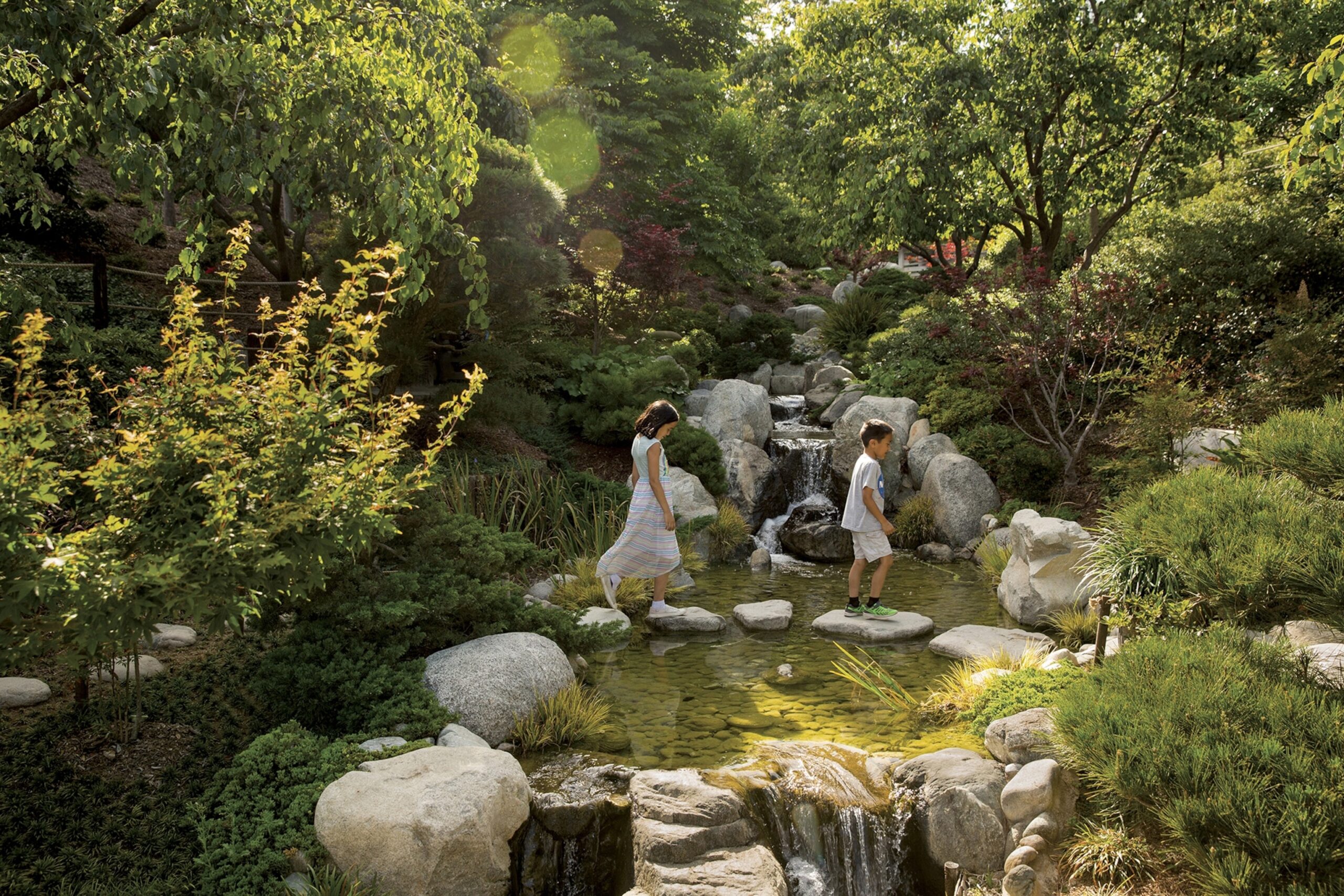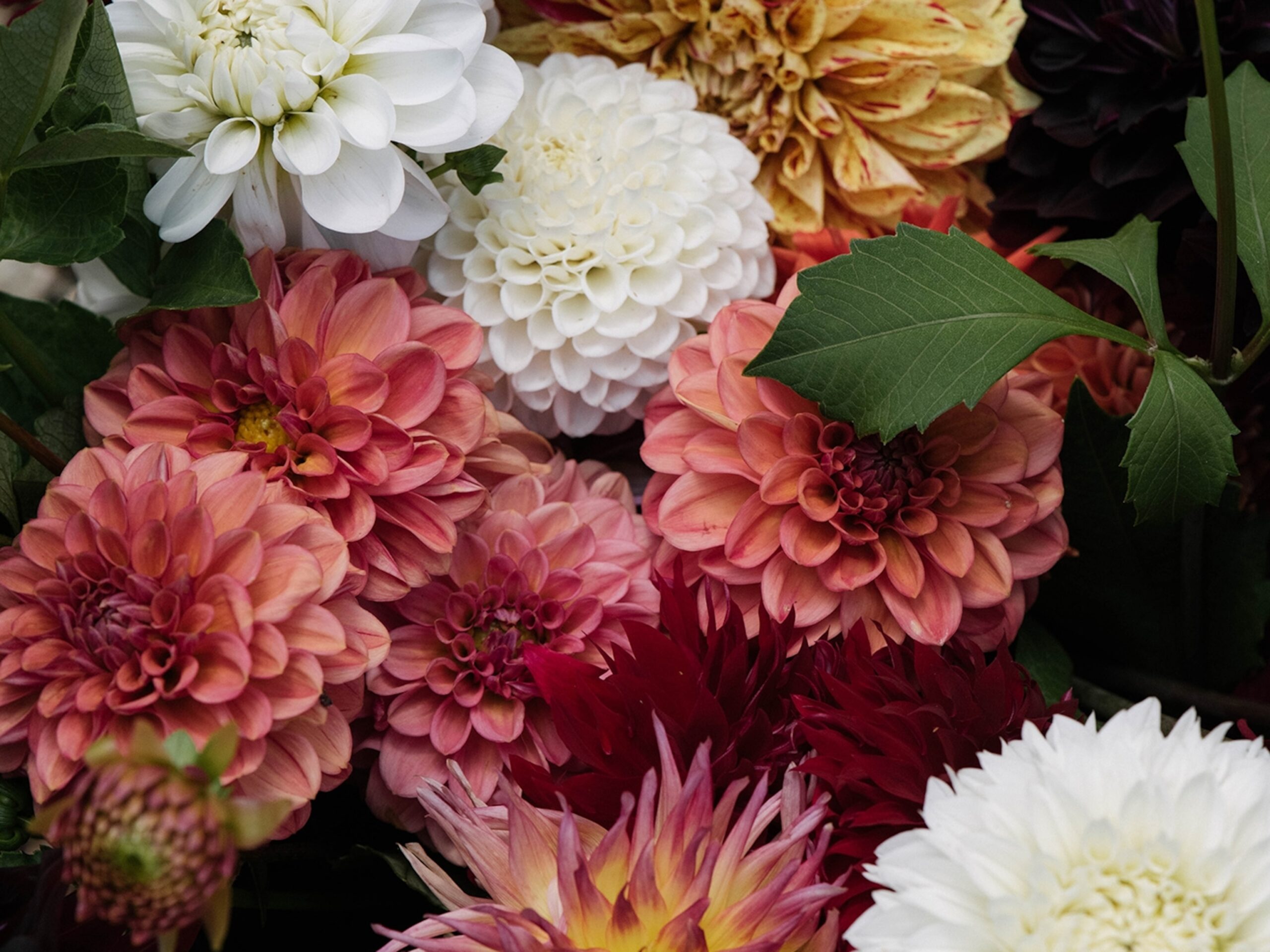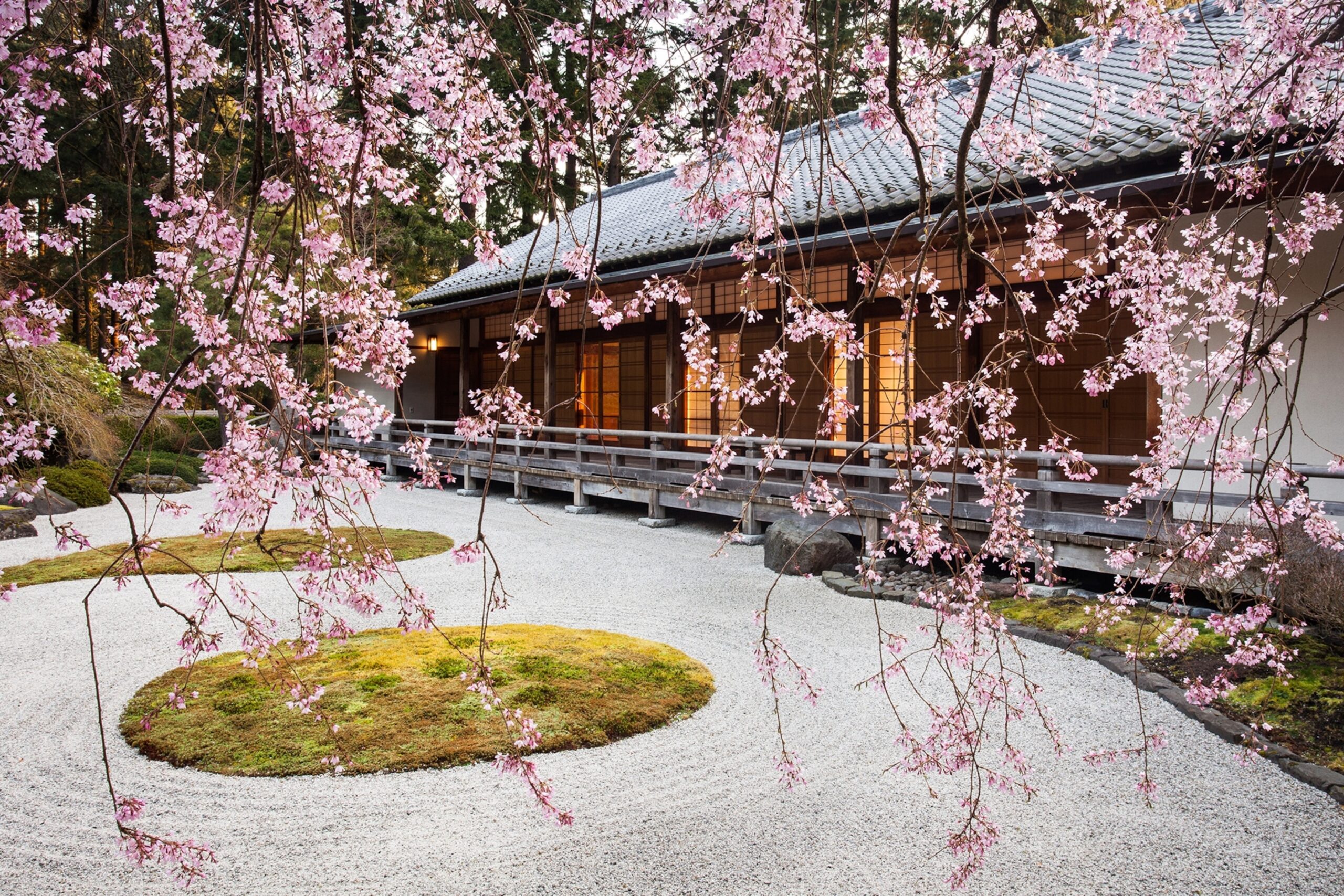Have you ever stopped to think about how public gardens can shape our sense of mindfulness and responsibility towards the environment? It’s fascinating how these green sanctuaries extend beyond their aesthetic appeal to offer profound opportunities for personal growth and environmental stewardship.
Mindfulness and Environmental Stewardship in Public Gardens

Mindfulness and Public Gardens
When you walk through a public garden, it’s more than just a visual feast. These spaces are increasingly designed to foster mindfulness and a sense of stewardship towards the environment. For example, the Japanese Friendship Garden in San Diego is renowned not just for its beauty but for creating a serene atmosphere conducive to meditation and mindfulness practices. This garden uses elements such as zen gardens, koi ponds, and traditional tea houses to help you connect deeply with your surroundings.
Sustainable Practices
Public gardens are also powerful advocates for sustainable living. They often implement practices and offer educational programs that make sustainability accessible and engaging. A notable movement gaining traction in this sphere is the Slow Flower Movement, which encourages you to purchase flowers that are locally grown rather than imported. By supporting local flower farms, you contribute to reducing carbon footprints while promoting local economies.
Many botanical gardens go a step further by incorporating native plants into their landscapes. This not only beautifies the area but also supports local ecosystems, providing habitats for native wildlife. For instance, if you visit a garden that focuses on native species, you might notice a thriving community of birds, bees, and butterflies that depend on these plants for survival.
Notable Gardens and Programs
To give you a deeper understanding, let’s explore some notable gardens and their unique programs:
Portland Japanese Garden (Oregon)
This garden offers an experience called forest bathing (shinrin-yoku), a practice that originated in Japan. Forest bathing involves immersing yourself in the forest environment to enhance your sensory experiences and improve mental well-being. This practice is about slowing down and connecting with the natural world in a meaningful way, providing a perfect example of how public gardens can promote mindfulness.
Atlanta Botanical Garden (Georgia)
The Atlanta Botanical Garden features an edible garden with cooking demos and classes aimed at inspiring you to practice home gardening. By learning how to grow your own food, you not only gain a fulfilling hobby but also support sustainable living practices. This garden integrates education with practical demonstrations, allowing you to see, touch, and taste the benefits of home gardening.
Betty Ford Alpine Gardens (Colorado)
This garden is unique in its focus on alpine plant species. Visitors can participate in documenting how climate change affects these plants, thereby gaining hands-on experience in environmental stewardship. This interactive approach fosters a deeper understanding of climate issues and encourages active participation in conservation efforts.
Whiting Forest of Dow Gardens (Michigan)
Home to the longest tree canopy walk in the U.S., Whiting Forest offers a unique bird’s-eye view of the forest ecosystem. This experience not only immerses you in nature but also teaches the importance of preserving our green spaces. Viewing the forest from up high prompts a deeper appreciation of the intricate web of life sustained in these environments.
| Garden | Unique Feature | Location |
|---|---|---|
| Portland Japanese Garden | Forest Bathing (Shinrin-yoku) | Oregon |
| Atlanta Botanical Garden | Edible Garden with Cooking Demos | Georgia |
| Betty Ford Alpine Gardens | Climate Change Documentation | Colorado |
| Whiting Forest of Dow Gardens | Longest Tree Canopy Walk in the U.S. | Michigan |
Tyler Texas Rose Garden
If you appreciate the elegance of roses, the Tyler Texas Rose Garden is a must-visit. It showcases an impressive 38,000 rose bushes across 600 beds, creating a breathtaking visual spectacle. Walking through this garden can teach you about the importance of preserving floral diversity and the intricacies of rose cultivation.
Phipps Conservatory (Pittsburgh)
Phipps Conservatory features an indoor butterfly forest where you can observe the lifecycle of butterflies up close. Additionally, they offer virtual classes on plant care, making it easy for you to integrate sustainable practices into your daily life. These initiatives highlight how technology can support environmental education and outreach.
Butchart Gardens (British Columbia)
Located in a historical quarry, Butchart Gardens offers an immersive floral experience with 151 flower beds. The garden’s layout and plant diversity aim to transport you into a natural wonderland, making it clear why preserving such spaces is crucial for future generations.
Impact and Inspiration
Public gardens do more than just provide a beautiful escape; they inspire you to adopt sustainable practices and deepen your connection with nature. Initiatives often include community-supported agriculture programs and collaborations between local farmers and florists. These collaborations help you see firsthand the importance of supporting local agriculture and sustainable practices.
For instance, imagine a local farmer-florist who grows flowers without using harmful pesticides. By choosing their products, you not only enjoy fresh, vibrant blooms but also contribute to a healthier environment. Such programs can significantly impact local communities, encouraging environmental stewardship at a grassroots level.

Practical Steps to Incorporate Mindfulness and Stewardship
So, how can you integrate the lessons learned from public gardens into your own life? Here are some practical steps:
Practice Mindfulness Outdoors
You don’t need to visit a grand garden to practice mindfulness. Simple activities like taking a walk in a local park, gardening, or even sitting quietly in your backyard can help you connect with nature. Practice deep breathing and focus on the natural sights, sounds, and smells around you.
Support Sustainable Practices
Start small by supporting local farmers and flower growers. This can be as simple as buying from your local farmer’s market or participating in a community-supported agriculture program. Additionally, consider growing your own herbs, vegetables, and flowers. Not only is this rewarding, but it also reduces your environmental footprint.
Educate Yourself and Others
Public gardens often offer classes and workshops that can teach you more about sustainable practices and mindfulness. Whether it’s a virtual class on plant care from Phipps Conservatory or a hands-on cooking demo at the Atlanta Botanical Garden, these educational opportunities can provide valuable knowledge that you can share with family and friends.
The Broader Impact
Beyond personal growth, your involvement in mindfulness and environmental stewardship can have a broader impact. By practicing and promoting these values, you contribute to a culture that prioritizes well-being and sustainability. This cultural shift is crucial in addressing global challenges such as climate change and biodiversity loss.
Public gardens serve as microcosms of what is possible when communities come together to create and maintain green spaces. They show that individual actions, when collectively embraced, can lead to significant environmental benefits. Whether it’s through innovative practices, educational programs, or simply providing a space for mindful reflection, these gardens inspire us to be better stewards of our planet.

Conclusion
Public gardens are far more than ornamental landscapes; they are living classrooms and sanctuaries that nurture both the mind and the earth. They offer a serene escape from the daily hustle and bustle, allowing you to practice mindfulness and learn about sustainable living.
By visiting these gardens and participating in their programs, you gain insights that can enrich your life and the environment. From forest bathing at the Portland Japanese Garden to learning about climate change at the Betty Ford Alpine Gardens, each visit is an opportunity to deepen your connection with nature and embrace a sustainable lifestyle.
So, the next time you find yourself in a public garden, take a moment to pause and reflect on the myriad ways these spaces enrich our lives. Consider how you can incorporate their teachings into your daily routine and become a steward of the environment. After all, the beauty and serenity of our planet depend on our collective efforts to nurture and protect it.



